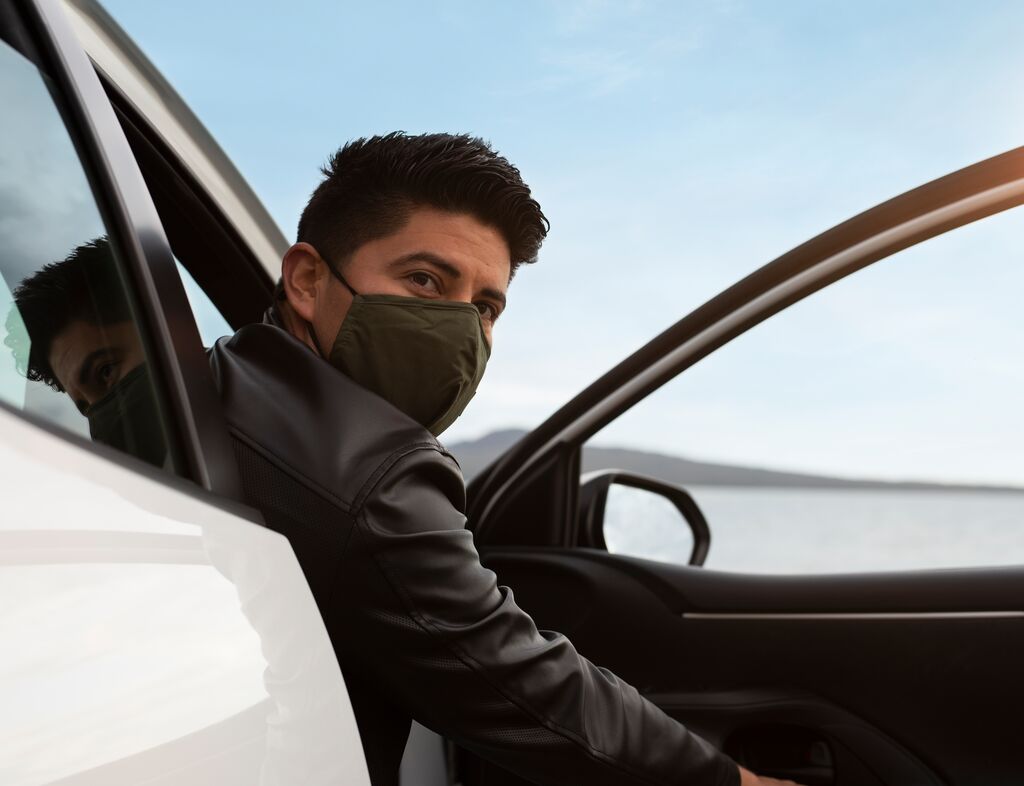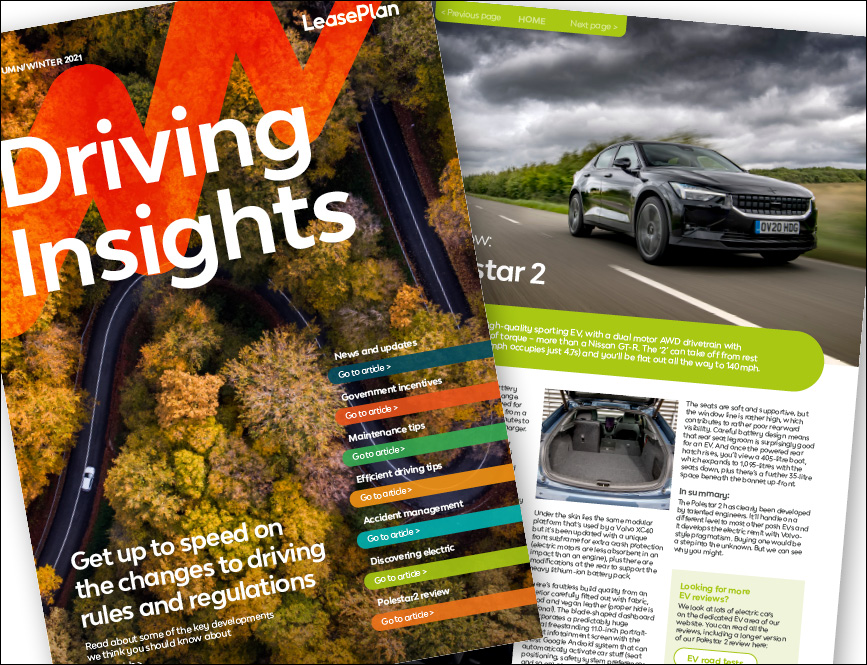With children now back at school, many people are focusing on the next step for lockdown easing. This will be different for each country in the UK, as it is a devolved decision for Scotland, Wales and Northern Ireland, but in England the rules are set to be changed on 29 March.
Back on the open road
At this point, the ‘rule of six’ will be reintroduced and it will be possible to drive to an outdoor gathering (including private gardens) for a group of no more than six people to meet up or people from two households. Outdoor sport will also be back, so driving to sports facilities will be allowed.
The other permitted reasons to travel will be those that were already in place during the lockdown and the Government is still encouraging people to work from home whenever possible – and to avoid travel at the busiest times.
Police powers
It’s also worth remembering that the police still have the power to issue fixed penalty notices if you are caught driving without a good reason. It’s £200 for the first offence, but the fine then doubles every time after that – up to a maximum of £6,400.
Next steps and key checks
The next step for lifting the lockdown won’t come until 12 April at the earliest and that’s when non-essential shops, public buildings, indoor leisure and outdoor attractions are set to re-open.
While many key workers have been using their cars on a daily basis during the lockdown, others who have been at home may only needed their vehicle once a week – or even less. If you’re in this position, it’s worth carrying out these key checks.
1. Check your oil
Oil keeps your engine working smoothly, so it’s important to make sure your vehicle has enough. For most cars, all you have to do is lift the bonnet and check the dipstick (just remember to wipe it clean first). If the level is low, top it up using the type of oil specified in your owner’s manual.
2. Tyre tread depth
Your tyres quite literally help to keep you on the road, as the treads provide traction when you’re driving. If they’re getting low, braking distances will increase and you’ll have less grip when cornering. The tread also helps funnel water away from the tyres, so when it’s low, there’s more chance of aquaplaning in the wet.
The law says that your tyre treads must be at least 1.6mm deep, but many safety experts suggest 2mm, as braking distances rapidly increase when you drop below this point.
Checking your tyres is as easy as using a tread depth tool that you can pick up in petrol stations or buy online. A quick alternative is to use the 20p test to get a rough idea of tread depth. Just put a 20p in the treads and if you can’t see the outer band at all, your tyres are definitely above the legal limit. There are also tread wear indicators built into the grooves on tyres that can give you a quick guide to their status.
If your tyres are below the limit, or very close, you’ll need to get your tyres changed. It’s worth phoning ahead to check opening hours and whether the tyres you need are in stock, as this will prevent any unnecessary journeys.
3. Tyre inflation
Tyre pressure is important too. Under-inflated tyres can limit handling, affect braking distance and make punctures more likely, while over-inflated tyres can increase the risk of blow-outs. In addition, tyres that are not inflated correctly will not wear correctly, so they may need replacing sooner – and they make your car less fuel efficient. All in all, it makes good sense to check the air in your tyres the next time you refuel, which you can do using a pressure gauge. And remember to check your spare tyre too, if you have one.
4. Windscreen
Driving with a chipped or cracked windscreen can be considered a motoring offence, as it can seriously impede a driver’s vision. It could also be enough for your vehicle to fail its MOT. Therefore, it’s vital you arrange for repairs as soon as possible otherwise your vehicle will be deemed as unroadworthy. And don’t be tempted to put it off for the time being – a crack left unattended can quickly spread across the windscreen, which will result in a much more complex – and expensive – repair job.
It’s also a legal requirement to have fluid in your car’s screen wash bottle, as you have to be able to clear your windscreen while driving. Topping it up is easy; simply lift your bonnet, find the filler cap and pour in washer fluid (or water, if you don’t have anything else available). It’s also a good idea to give your windscreen a clean at the same time, as a blurry windscreen can be dangerous when the sun is low.
Once you’ve done all this, give the windscreen a spray and see how the wipers work. If they rub or leave streaks, it could be time to change them. This is easy to do yourself and is a simple but effective way to keep safe.
5. Lights
It’s crucial that your lights work, as other drivers must be able to see your vehicle, and this can be done if you’re on your own. Most lights can be tested by turning them on and getting out of the vehicle. For brake lights, park your vehicle near something with a reflective surface, for example another vehicle, a window or a painted garage door during the day and check your lights through your mirror when you push the pedal.
6. Brakes
Given how important your brakes are, it makes sense to test them before every journey. Just start the car moving slowly and then use the brake pedal. If it doesn’t feel right, you can contact a garage – they’re still open for essential maintenance.
7. A special note to diesel drivers
If you drive a diesel, please be aware that you need to take care of your Diesel Particulate Filters (DPFs). This means burning off the diesel particles and clean the filter. Not doing this can result in the vehicle completely shutting down and cause major engine damage.
All you need to do is get your car on an A road or motorway on a regular basis, such as every 300 miles. You then need to run it for 10-20 minutes at speeds in excess of 40mph. This will heat up your exhaust and burn off any soot in the filter.
If in doubt, consult your vehicle handbook or find out more on the AA website.
Sign up for insights
For further guidance sign up to Driving Insights quarterly newsletter here.




